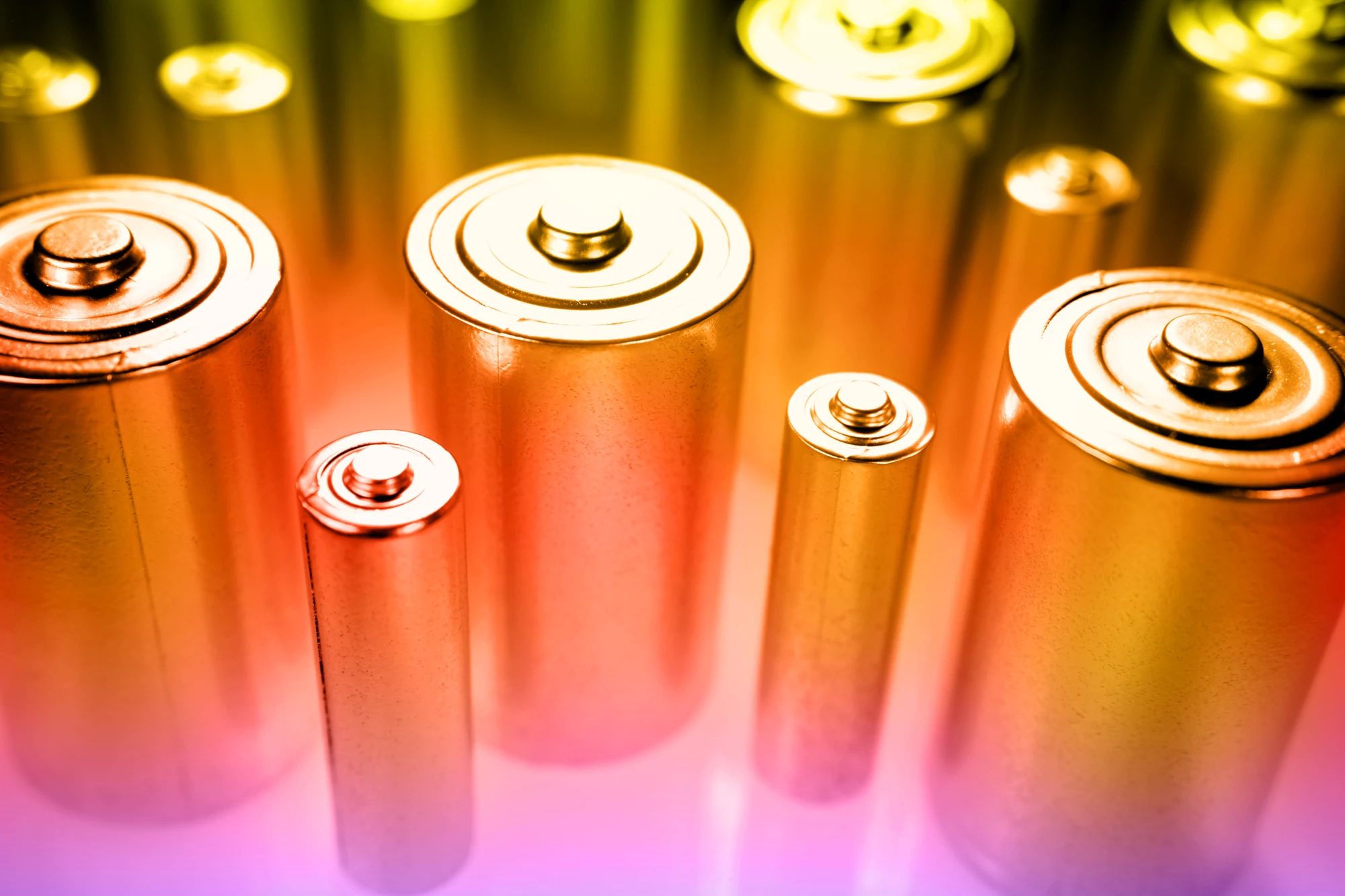Zinc-air batteries are great little energy storage devices, but they have plenty of room for improvement – for one, they’re not usually rechargeable. Now a team led by the University of Münster has developed a new zinc-air chemistry that makes this type of battery more efficient and rechargeable.
Unlike most batteries, which pack all their vital components inside the cell, zinc-air batteries rely on oxygen coming in from the surrounding air. In a way, they “breathe” oxygen that interacts with the cathode, producing molecules that cross the pastey alkaline electrolyte and react with the zinc anode to generate an electric current.
The problem is, the zinc anode is “used up” after it oxidizes, making the battery non-rechargeable. Some designs get around this by making the zinc components replaceable, or using rare-earth mineral catalysts to make them rechargeable, but these introduce extra costs or complications.
For the new study, engineers created a new electrolyte that can make zinc-air batteries rechargeable. Rather than the more paste-like consistency of most electrolytes in this type of battery, in the new design it is more of a liquid. It’s based on zinc trifluoromethanesulfonate salt, making it non-alkaline, which the team says makes it more chemically stable – and most importantly, reversible (ie, rechargeable).
"Our innovative, non-alkaline electrolyte brings a previously unknown reversible zinc peroxide (ZnO2)/O2 chemistry into the zinc-air battery,” says Wei Sun, lead researcher on the study. “The zinc-air battery provides a potential alternative battery technology [to lithium-ion] with advantages such as environmental friendliness, high safety and low costs.”
The team says that the new batteries continued to operate stably over 320 cycles and 1,600 hours of use. Part of that is because water-repelling anions in the electrolyte keep water away from the cathode surface, which makes it more stable.
It’s an interesting development, but the team acknowledges that the design is still a fair way off practical applications. And this is just one way zinc-air batteries could be made rechargeable – other studies have swapped out the expensive rare-earth mineral catalysts for more common elements like iron, cobalt and nickel.
The research was published in the journal Science.
Source: University of Münster




